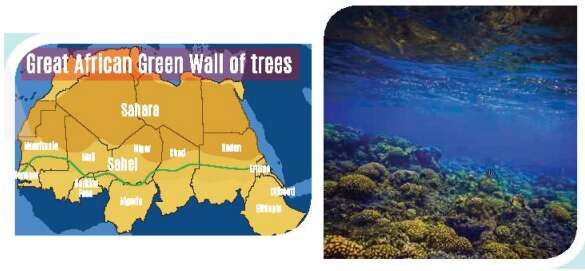Câu hỏi:
74 lượt xemEveryday English 1
Expressing likes and dislikes
(Thể hiện sự thích và không thích)
Listen and complete the conversation with the expressions in the box. Then practise it in pairs.
(Nghe và hoàn thành cuộc hội thoại với các biểu thức trong hộp. Sau đó thực hành nó theo cặp.)
A. I can’t stand (Tôi không thể chịu được)
B. I really love (Tôi thật sự thích)
C. I'm not a fan (Tôi không phải là người hâm mộ của)
Alice: There’re so many activities for visitors in this park. Do you fancy going on an elephant ride, Mai?
Mai: No, thanks. (1) _____________ of elephant rides.
Alice: Don't you like elephants? They are very gentle creatures.
Mai: That's why we shouldn't ride on them. (2) _____________ animal cruelty.
Alice: Yes, you're right. Perhaps we should learn more about the birds in the park.
Mai: Good idea! (3) _____________ bird-watching.
Lời giải
Hướng dẫn giải:
|
1 - C |
2 - A |
3 - B |
Alice: There're so many activities for visitors in this park. Do you fancy going on an elephant ride, Mai?
(Có rất nhiều hoạt động cho du khách trong công viên này. Bạn có thích cưỡi voi không, Mai?)
Mai: No, thanks. (1) C. I'm not a fan of elephant rides.
(Không, cảm ơn. Tôi không phải là người thích cưỡi voi.)
Alice: Don't you like elephants? They are very gentle creatures.
(Bạn không thích voi sao? Chúng là những sinh vật rất hiền lành.)
Mai: That's why we shouldn't ride on them. (2) A. I can’t stand animal cruelty.
(Đó là lý do tại sao chúng ta không nên cưỡi lên chúng. Tôi không thể chịu được sự tàn ác của động vật.)
Alice: Yes, you're right. Perhaps we should learn more about the birds in the park.
(Vâng, bạn nói đúng. Có lẽ chúng ta nên tìm hiểu thêm về những con chim trong công viên.)
Mai: Good idea! (3) B. I really love bird-watching.
(Ý kiến hay đấy! Tôi thực sự thích xem chim.)
CLIL 1
Read the text and tick (✓) the correct project in the table.
(Đọc văn bản và đánh dấu (✓) vào dự án đúng trong bảng.)
PROTECTING ECOSYSTEMS - IDEAS FROM AROUND THE WORLD
The healthier our ecosystems are, the healthier our planet and its people become. Ecosystem restoration can help end poverty, fight climate change, and prevent loss of flora and fauna on every continent and in every ocean. Below are two examples of successful ecological projects.
The Great Green Wall
The goal of this project is to create the largest living structure on the planet. The plan is to restore 100 million hectares of damaged land, limit the amount of carbon dioxide and create 10 million green jobs in Africa. This will provide rich land, food security, and improve the region’s ability to deal with climate change. Since its launch in 2007, Ethiopia and Nigeria have restored millions of hectares of land, and Senegal has planted more than 10 million trees.
Belize Barrier Reef
The Belize Barrier Reef was once described as the most amazing reef in the West Indies. It is home to a large diversity of plants and animals. Itis Belize’s top tourist destination, popular for scuba diving and snorkelling, and a UNESCO Natural World Heritage Site. Between 2009 and 2018, it was declared endangered because of pollution and the destruction of its ecosystems. However, because of conservation efforts, a large part of the reef is now protected. There are seven marine reserves. Belize has also stopped oil drilling near the Barrier Reef, banned plastic products, and created ‘no-take zones’, where removing plants and animals is not allowed.

|
|
The Great Green Wall |
Belize Barrier Reef |
|
1. It is a marine ecosystem of rich biodiversity. |
|
|
|
2. Its aim is to build the world’s biggest living structure. |
|
|
|
3. Millions of trees have been planted in several African countries. |
|
|
|
4. The government has taken measures to restore and protect the ecosystem |
|
|
